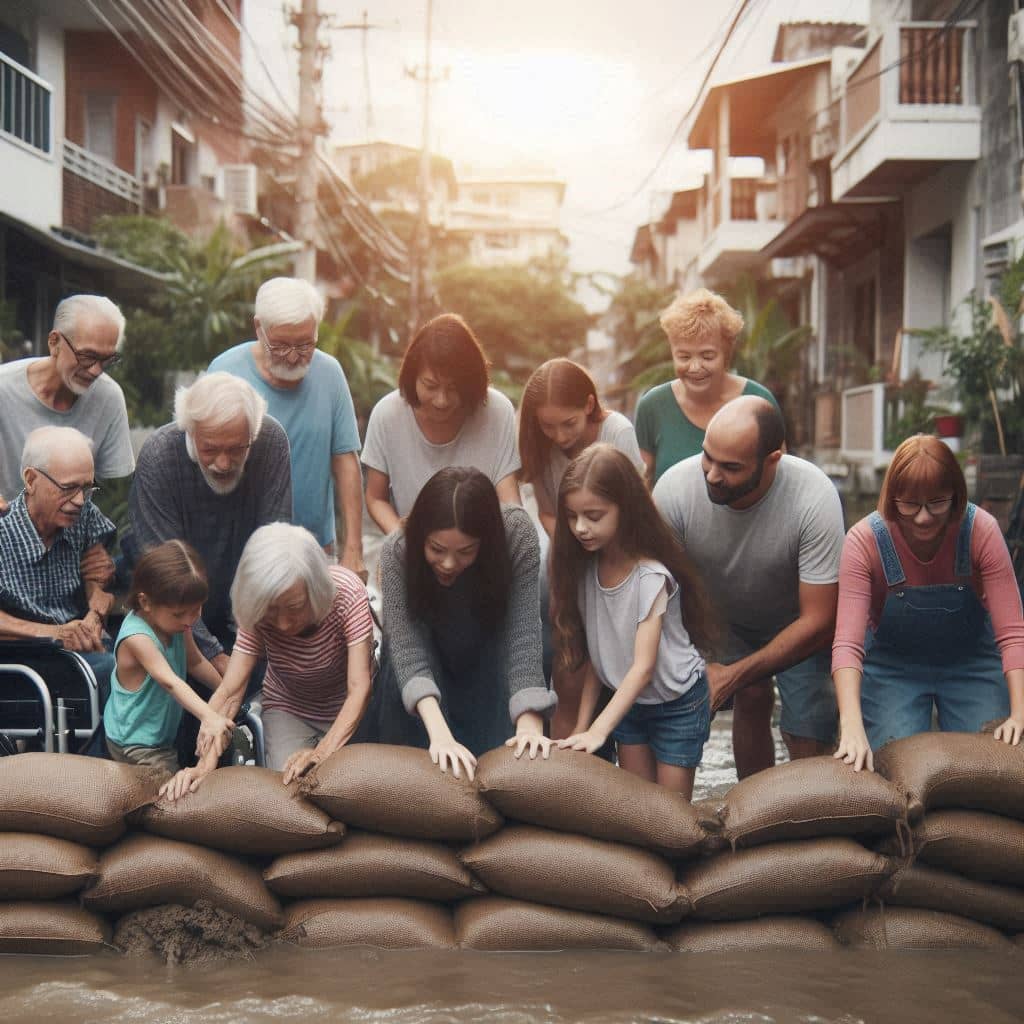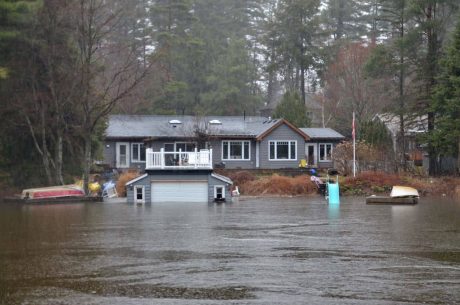Table of Contents

Mold and Algae form a green slimy plant-like substance on the wall. Wet walls are an unwelcome guest in any home or building. Not only do they look unsightly, but they also create the perfect environment for mold and algae to thrive. These organisms can cause health problems and structural damage. But fear not! With the right knowledge and actions, you can keep your walls dry and free from these unwanted inhabitants.
When disaster strikes, PuroClean Disaster Restoration is here to help you rebuild your life. For immediate assistance with Mold and Algae Removal, contact PuroClean Disaster Restoration, Call (+1) 317-467-4436.
Causes of Molds And Algae On The Wall
These are the major causes of mold and algae on walls:
- Moisture: Excessive humidity, leaking pipes, or groundwater penetration can lead to wet walls.
- Poor Ventilation: Inadequate airflow traps moisture, creating a breeding ground for mold and algae.
- Lack of Waterproofing: Missing or damaged waterproofing can allow water to seep into walls.
Algae can exist on wet walls and also on dampened soil to form Algal. According to The St Johns River Water Management District, Algal blooms can be dramatic and are a result of excess nutrients from fertilizer, wastewater and stormwater runoff, coinciding with lots of sunlight, warm temperatures and shallow, slow-flowing water.
Prevention Tips
1. Identify and Fix the Source of Moisture
- Check for leaks: Inspect pipes, roofs, and gutters for any leaks.
- Address groundwater issues: If you suspect groundwater is the culprit, consider installing a drainage system.
- Improve ventilation: Ensure proper ventilation in bathrooms, kitchens, and other damp areas. Use exhaust fans and open windows when possible.
2. Create a Dry Environment
- Reduce humidity: Use dehumidifiers in damp areas to control moisture levels.
- Proper ventilation: Maintain good airflow throughout your home.
- Regular cleaning: Wipe down surfaces to prevent moisture build-up.
3. Protect Your Walls
- Waterproof exterior walls: Apply a high-quality waterproof coating to prevent water penetration.
- Choose moisture-resistant materials: Opt for materials like tile or stone in areas prone to moisture.
- Regular maintenance: Inspect walls for signs of damage and address them promptly.
4. Preventative Treatments
- Mold and algae inhibitors: Apply specialized products to deter growth.
- Regular cleaning: Wash walls with a mild detergent solution to remove spores.
Additional Tips
- Insulation: Proper insulation helps regulate temperature and humidity levels.
- Plant care: If you have plants near walls, ensure they are not overwatered.
- Professional help: For persistent problems or complex situations, consult a professional.
Here are some major facts and prevention tips for mold and algae on walls:
1. Control Moisture: Mold and algae thrive in damp environments, so controlling moisture is key. Fix leaks, improve ventilation, and use dehumidifiers in high-humidity areas like bathrooms and basements.
2. Proper Insulation: Condensation on walls can promote mold growth. Ensure your home is well-insulated, particularly in areas prone to temperature fluctuations.
3. Regular Cleaning: Regularly clean walls, especially in areas that tend to collect moisture. Using mold-resistant cleaning products can help prevent mold spores from taking hold.
4. Use Mold-Resistant Paints: Consider using mold- and mildew-resistant paints in rooms with high moisture levels, such as bathrooms, kitchens, and basements.
5. Improve Air Circulation: Ensure proper ventilation in your home. Use exhaust fans in bathrooms and kitchens to reduce moisture buildup, which helps prevent mold and algae growth on walls.
6. Gutter Maintenance: Clogged gutters can cause water to seep into walls, leading to mold growth. Regularly clean and maintain gutters to direct water away from your home’s foundation and walls.
7. Monitor Humidity Levels: Keep indoor humidity levels below 50%. A hygrometer can help you monitor this, and running a dehumidifier in humid areas can help maintain optimal levels.
Remember: Prevention is always better than cure. By following these tips, you can significantly reduce the risk of mold and algae growth on your walls, creating a healthier and more pleasant living environment.


 PuroClean Disaster Restoration
PuroClean Disaster Restoration